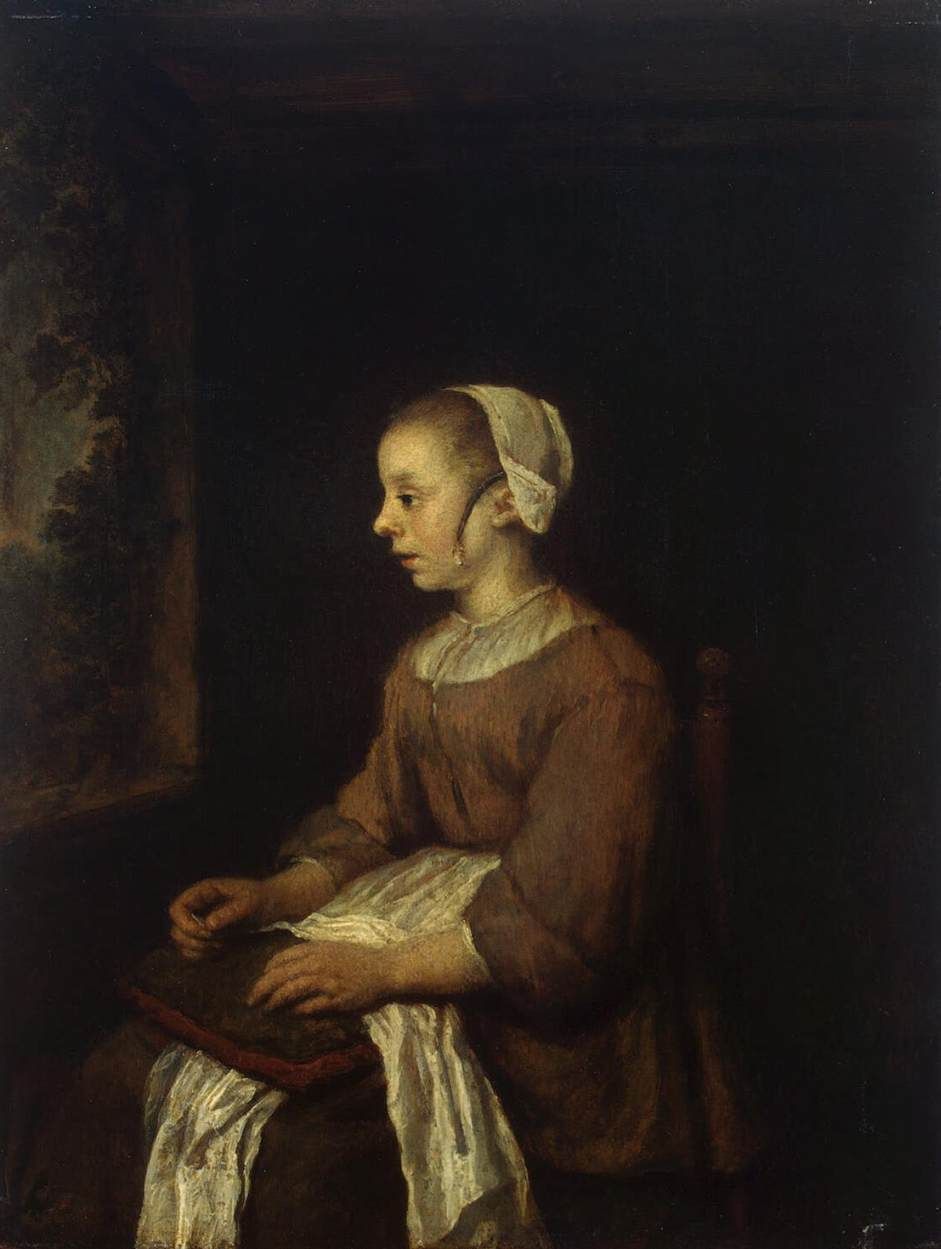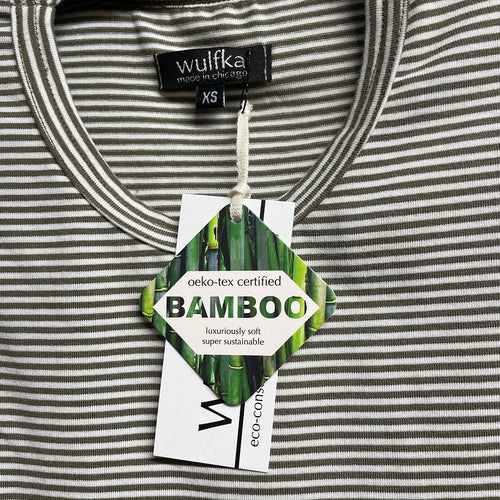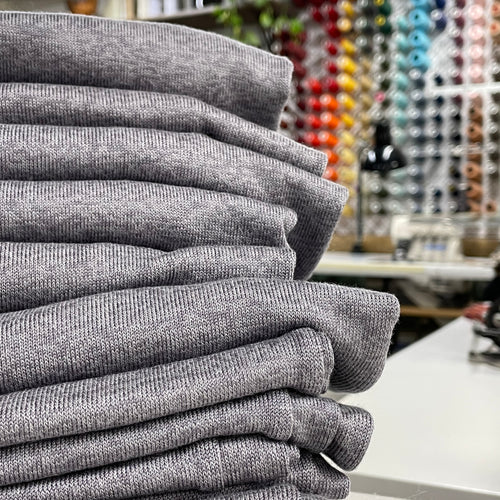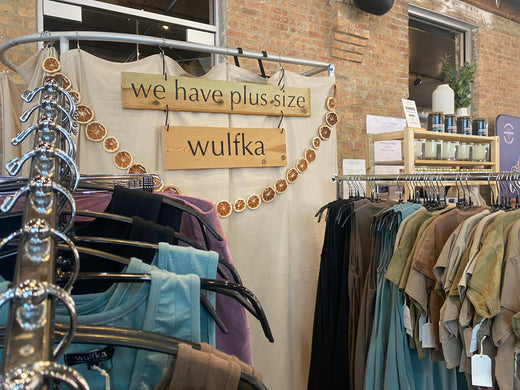Sewist vs Seamstress vs Tailor

When I'm set up in a booth at a craft show and I give people my micro-elevator pitch, it goes like this: "These are all sustainable fabrics! Everything is made in Chicago by myself and my sewist."
Folks usually politely nod and smile. Sometimes they ask what "sustainable" means within my business. Every now and then someone will scoff at the woke non-gendered word "sewist."
So let's talk about the history of gendered roles in clothing production!
In current times, women who sew are generally called "seamstresses" whereas men who sew are generally called "tailors." But tailoring involves a specific set of highly-skilled techniques that are specific to suits. It's a more prestigious title. Why are specific skill sets assigned genders, even in today's parlance?
In 17th Century France only men were allowed to be in the tailor's guild. They were heads of the their household and responsible for the family's income. According to guild rules they were allowed to employ their families under themselves. In an exception that proves the rule, widows of guild members were sometimes allowed to continue tailoring as long as they didn't re-marry outside of the guild.
Guilds protected members' livelihoods and enforced quality standards among its members. Members were not allowed to produce anything outside of their parameters (hats or perfume, say) and non-guild members were not allowed to make money as a tailor.
Women often did the unpaid labor of sewing (including tailoring!) for their households and were quite skilled. Seeking extra income, non-guild women would sometimes acquire paying clients under the table. As women gained clients and power the tailor's guild felt threatened. The guild retaliated, shutting down the women's businesses, sometimes quite violently.

Why are we only talking about France?
During this same time period, Louis XIV was intentionally making Paris the center of luxury and fashion. He created tax incentives for fashion tradespeople to relocate to France. He dictated trends at court that all royals, and the upwardly ambitious, devotedly followed season by season.
Note all of the skillsets needed to achieve this look: the coiffure, lace collar and cuffs, embroidery, brocade weave, fur, knit hose, heels. Not an accident! He's employing everyone!
France's stranglehold on the fashion industry continued until the Nazi occupation of France, when the world needed to turn elsewhere for its clothes. I wrote about that too!
In 1675, King Louis XIV incorporated the seamstresses' artisan guild. They were allowed to make draped garments for women and children. They were not allowed to make corsets. Or dresses with trains. Or court dress. It was a small concession to box in this nuisance. The two guilds fought over the exact boundaries of their work, occasionally leading to violent confrontations and raids of seamstresses' studios.
With less creative freedom, seamstresses relied on ornamentation and accessorizing. Tailors turned up their noses at them, casting seamstress work as frivolous while maintaining that their own trade was a feat of engineering and a higher art. They jealously guarded their domain, permanently drawing a line between the skillsets along gender lines whose legacy is still with us today.

Example of women's fashion during the reign of Louis XLV
We need to talk about one very point of perception: tailors stood for their entire households, whereas seamstresses were individuals. Independent women were considered to have loose morals, suspicious intentions, and threaten the order of society. Respectable women should be in the home, after all!
Of the 129 guilds that operated in the 1670s, only five were for women. Poor women without good marriage prospects didn't have any good choices!
When I hunted for a gender-neutral title for "seamstress" I passed by "sewer" because it's spelled the same as the pipes that carry human waste, and that feels too disrespectful for someone I hold in such high regard!
I found the word "sewist" and folks seem to understand it without explanation. Do you know who doesn't care? My sewist! Her primary language is Chinese which doesn't gender nouns so she couldn't care less what the English word is. Joke's on me I guess!
My source is Dress Codes: How the Laws of Fashion Made History by Richard Thompson Ford and it's full of essays that will make you say "ohhhh THAT'S why we do that!"
and just for fun...
The First Scientist

Mary Somerville (1780-1872) was such a force of nature they had to invent a new word for her. A man practicing science was called a "man of science," but Somerville was neither a man nor consigned to one science. She was a master of math, botany, geology, astronomy, and physics.
In 1834, William Whewell first used the gender-neutral term "scientist" to describe the inimitable polymath in a glowing review of her work. Somerville wrote many scientific works and was highly regarded and influential in the scientific community.




